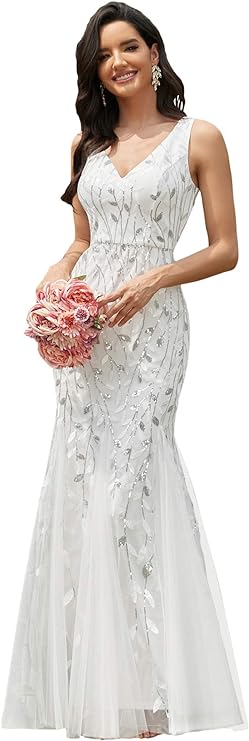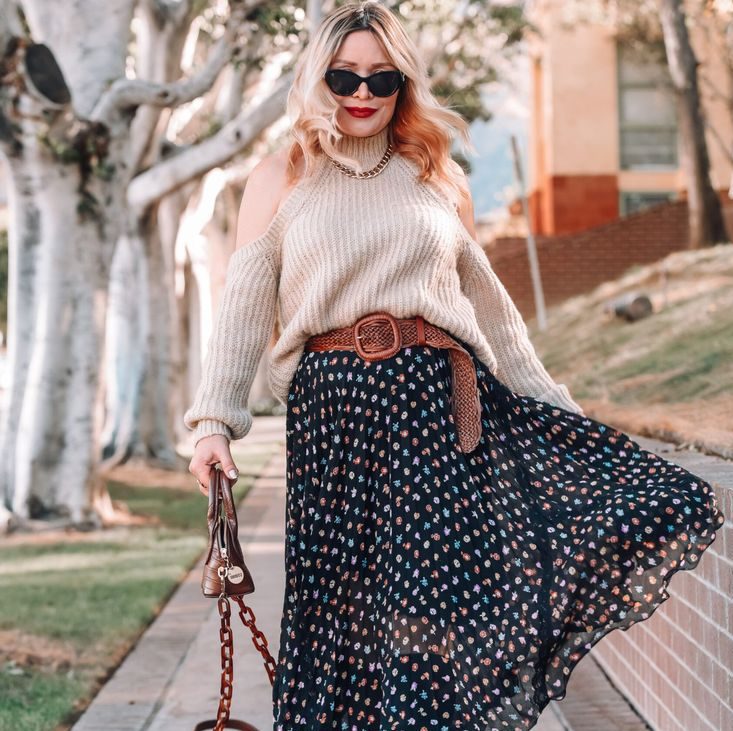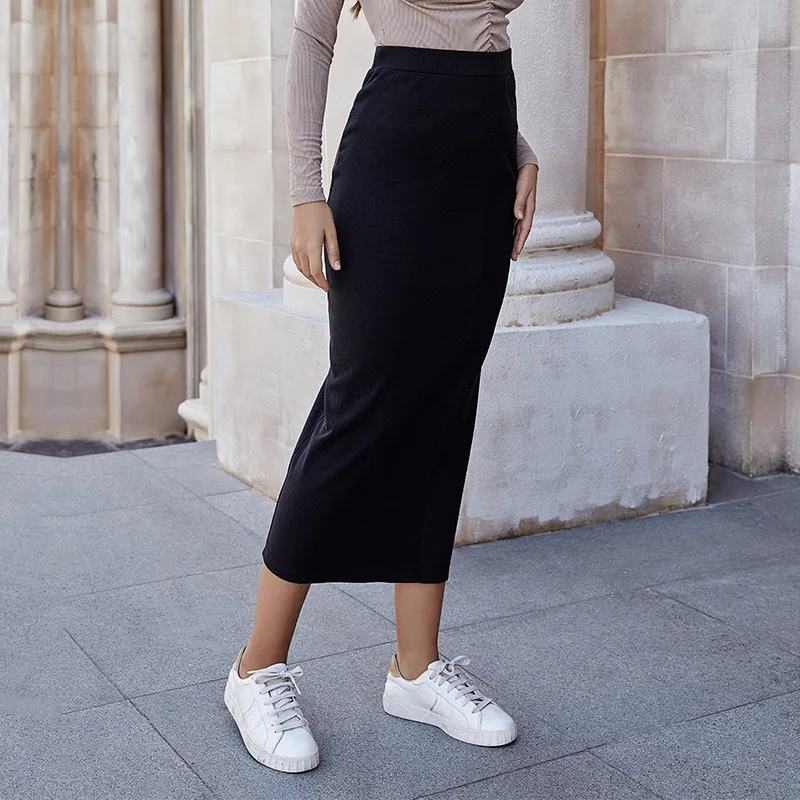Wedding dresses hold a special place in the hearts of brides, symbolizing love, commitment, and the beginning of a new chapter. In this article, we will delve into the history and evolution of wedding dresses, explore the different styles and trends in bridal fashion, discuss the importance of finding the perfect wedding dress, analyze the cultural significance of wedding dresses, examine the craftsmanship and design elements of these exquisite gowns, and highlight the enduring allure of wedding dresses in the world of bridal fashion.
I. The History and Evolution of Wedding Dresses:
1.1 Ancient Traditions and Symbolism
Firstly, The tradition of wearing special attire for weddings dates back centuries, drawing inspiration from different cultures and traditions. From ancient Greece and Rome to the Middle Ages, various styles and symbols were incorporated into wedding dresses to represent purity, fertility, and social status. These historical influences have shaped the evolution of wedding dresses into what they are today.
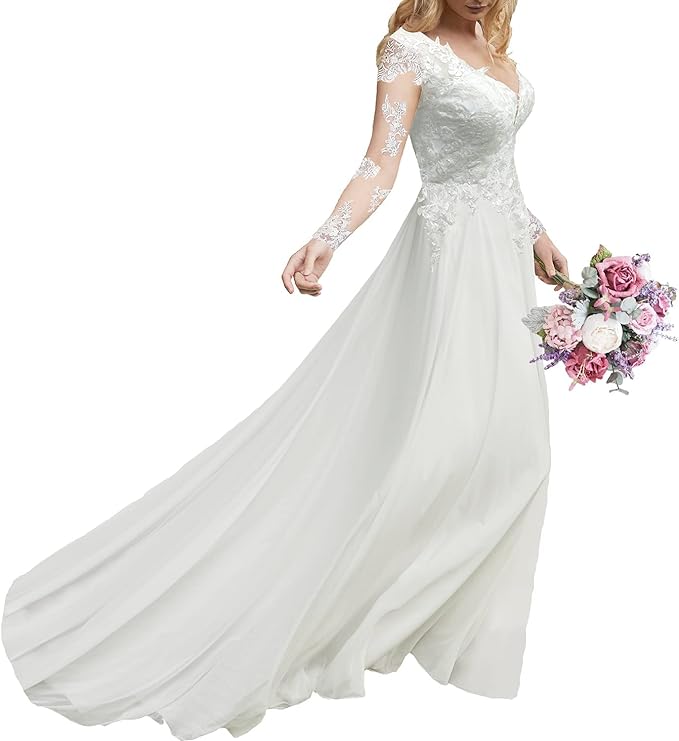
1.2 Transformation through Time
Moreover, Wedding dresses have undergone significant transformations throughout history. From the classic ballgowns of the Victorian era to the sleek and modern designs of modern times. Wedding dresses have evolved to reflect contemporary fashion trends. The changing social norms, cultural influences, and shifts in the bridal industry have all contributed to the diverse array of styles and designs available today.
II. Different Styles and Trends in Bridal Fashion:
2.1 Classic and Timeless Styles
Classic wedding dress styles, such as the A-line, ballgown, and mermaid silhouettes, have stood the test of time, embodying elegance and grace. These timeless styles accentuate femininity and create a sense of romance, making them perennial favorites among brides. Classic styles often feature intricate lacework, delicate embellishments, and voluminous skirts, creating a dreamy and ethereal look.
2.2 Contemporary and Modern Designs
Contemporary bridal fashion embraces innovation and experimentation, resulting in modern and cutting-edge designs. From minimalist and chic sheath dresses to unconventional jumpsuits and separates, modern brides have an array of options to suit their personal style. Contemporary designs often feature sleek lines, unique cutouts, and innovative fabric choices, showcasing the versatility of wedding dress aesthetics in the modern era.
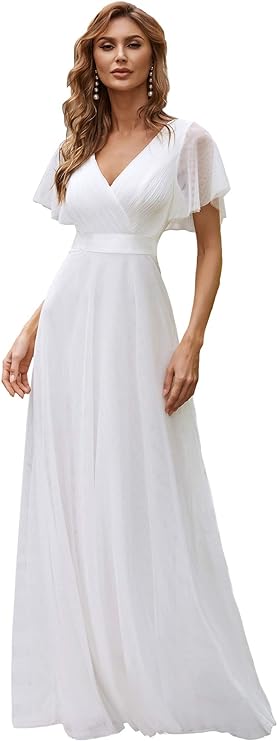
III. The Importance of Finding the Perfect Wedding Dress:
3.1 Symbolism and Emotional Significance
Therefore, wedding dresses hold deep emotional significance for brides, symbolizing their journey to marriage and their individual style and personality. The quest for the perfect wedding dress is an essential part of the wedding planning process, as it allows brides to express their uniqueness and create a look that resonates with their vision for their special day. Finding the right wedding dress is a personal experience that often involves emotional connections and heartfelt moments.
3.2 Enhancing Confidence and Creating Memories
Wearing the perfect wedding dress enhances a bride’s confidence and allows her to truly shine on her wedding day. The dress becomes a part of her identity, setting the tone for the celebration and creating lasting memories. The process of trying on different dresses, making choices, and finally saying “yes to the dress” is an unforgettable journey that adds to the magic and anticipation surrounding the wedding day.
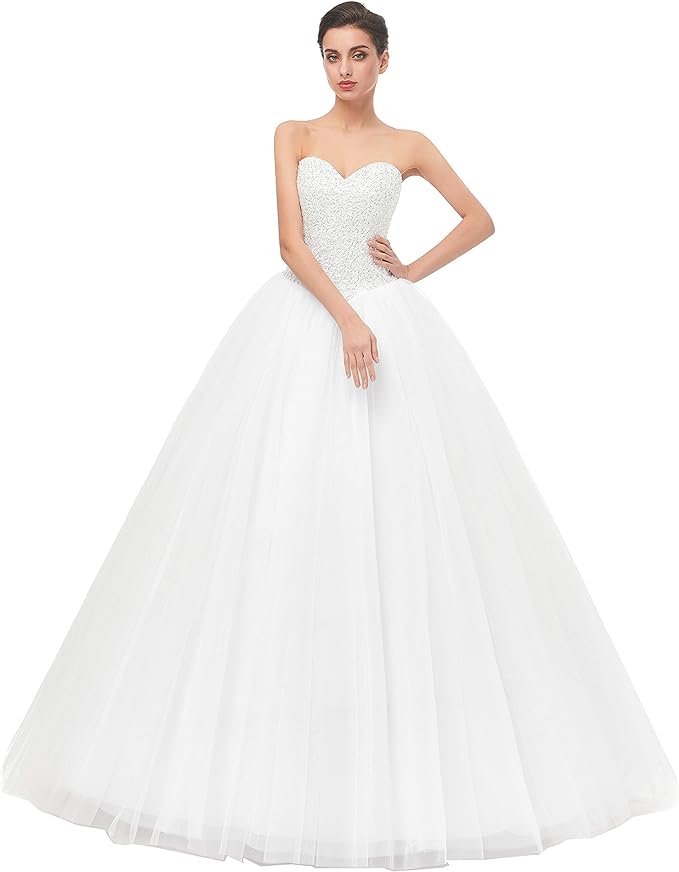
IV. The Craftsmanship and Design Elements of Wedding Dresses:
4.1 Attention to Detail and Fine Craftsmanship
Furthermore, wedding dresses are considered works of art, crafted with meticulous attention to detail and fine craftsmanship. Every aspect of a wedding dress, from the selection of luxurious fabrics to the intricate beadwork and embroidery, is executed with precision and care. Skilled artisans and designers invest their passion and expertise into creating these exceptional garments, ensuring that each wedding dress exudes unparalleled elegance and sophistication. The process of creating a wedding dress involves countless hours of handiwork, from draping and pattern-making to the delicate stitching and embellishing. Fabrics are carefully chosen for their quality, texture, and drape, with options ranging from delicate lace and silk to shimmering satin and chiffon. Embellishments such as crystals, sequins, and pearls are hand-applied to create captivating patterns and motifs.
4.2 Personalization and Customization
Wedding dresses often offer opportunities for personalization and customization, allowing brides to add unique touches and reflect their individuality. From subtle alterations in neckline and sleeves to custom embroidery or embellishments, the ability to customize a wedding dress ensures that it perfectly aligns with the bride’s vision and preferences. This customization creates a one-of-a-kind gown that is a true reflection of the bride’s style and personality.
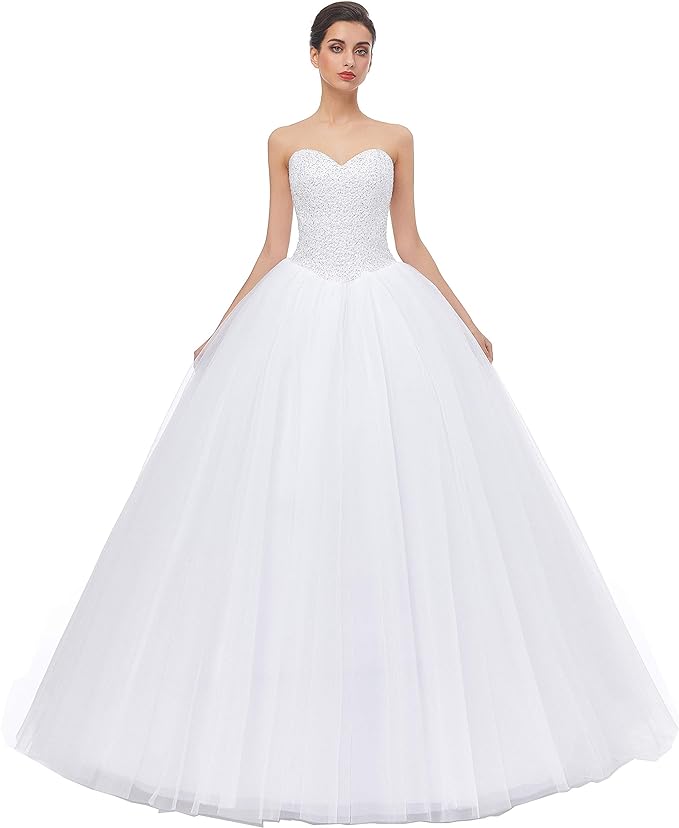
V. The Cultural Significance of Wedding Dresses:
5.1 Cultural Diversity and Traditions
Moreover, wedding dresses hold immense cultural significance as they reflect and embody diverse traditions and customs from around the world. These traditional wedding dresses vary greatly in style, color, and adornments, representing the rich cultural heritage and values of each respective culture. For instance, in Chinese weddings, vibrant red and gold gowns are often worn as they symbolize luck, happiness, and prosperity. The intricate embroidery and elaborate designs on these dresses speak to the craftsmanship and attention to detail that is highly valued in Chinese culture.
5.2 Bridal Fashion as a Reflection of Society
Moreover, Wedding dresses also reflect the changing societal norms and cultural shifts. Modern bridal fashion embraces diversity, inclusivity, and individuality. Wedding dresses now come in different colors, unconventional silhouettes, and non-traditional materials, allowing brides to break away from the conventional white dress and create a look that aligns with their personal values and beliefs. This evolution in bridal fashion mirrors the society’s progress towards acceptance and celebration of individual uniqueness.
VI. The Enduring Allure of Wedding Dresses in Bridal Fashion:
6.1 Timeless Beauty and Romance
Wedding dresses continue to capture the hearts of brides and fashion enthusiasts due to their timeless beauty and romantic allure. The ethereal and dreamy nature of these gowns evokes a sense of enchantment and celebration, making them an integral part of the bridal fashion industry. The enduring appeal of wedding dresses lies in their ability to encompass the hopes, dreams, and love shared by couples on their wedding day.
6.2 Evolving Fashion Trends and Individual Expression
While wedding dresses have enduring beauty, bridal fashion trends continually evolve to embrace new styles, fabrics, and design elements. As fashion continues to evolve, wedding dresses offer brides the opportunity to showcase their individuality and express their personal style. They serve as a medium for creativity and self-expression on one of life’s most special occasions. The versatility of wedding dresses allows brides to find one that truly reflects their identity and creates an unforgettable bridal ensemble.

In conclusion, wedding dresses hold a special place in the hearts of brides, symbolizing love, commitment, and personal style. These dresses have evolved throughout history, reflecting cultural traditions and contemporary fashion trends. From classic and timeless styles to innovative and modern designs, wedding dresses cater to the diverse aesthetics and preferences of every bride. Finally, The craftsmanship and meticulous design elements of these gowns ensure their quality and beauty. Wedding dresses are not merely garments; they embody emotions, create memories, and celebrate the beauty of love and marriage. The cultural significance and individual expression associated with wedding dresses make them an enduring symbol of elegance and romance in the world of bridal fashion.
